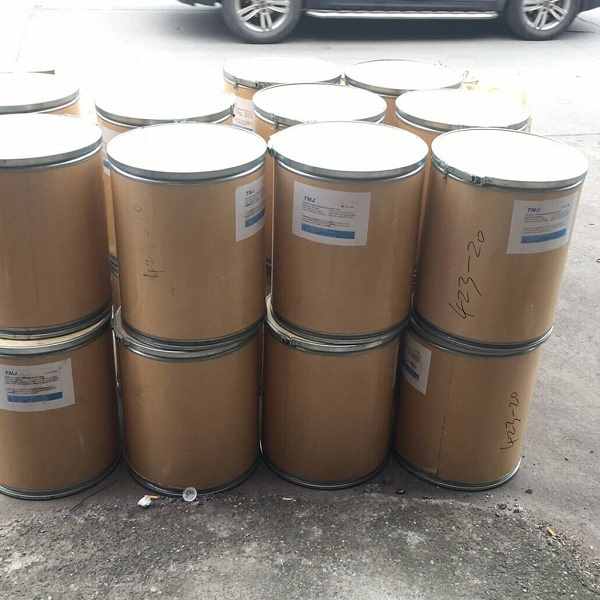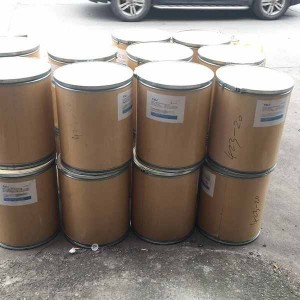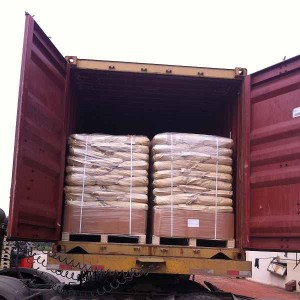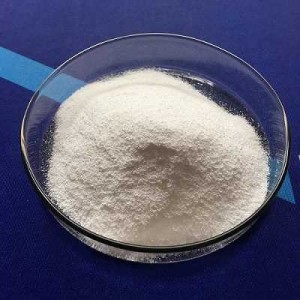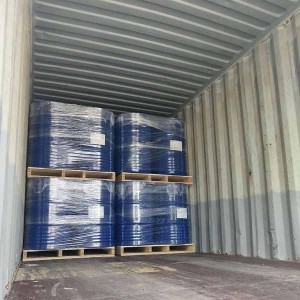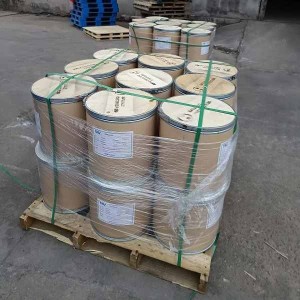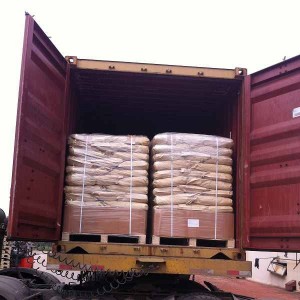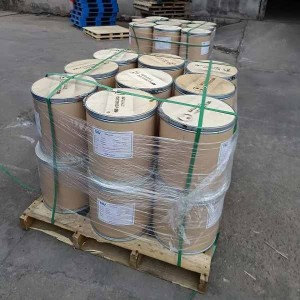Polyethylene glycol PEG is a high molecular polymer with chemical formula of Ho (CH2CH2O) NH. It is non irritating, slightly bitter in taste, has good water solubility, and has good compatibility with many organic components. It has excellent lubricity, moisture retention, dispersion and adhesion, and can be used as antistatic agent and softening agent. It is widely used in cosmetics, pharmaceutical, chemical fiber, rubber, plastic, paper, paint, electroplating, pesticide, metal processing and food processing industries.
The properties vary according to the molecular weight, from colorless and odorless viscous liquid to waxy solid. Those with a molecular weight of 200-600 are liquids at room temperature, and those with a molecular weight of more than 600 gradually become semi-solid. With the difference in average molecular weight, the properties also vary. From colorless odorless viscous liquid to waxy solid. With the increase of molecular weight, the hygroscopic capacity decreases correspondingly. This product is soluble in water, ethanol and many other organic solvents. Low vapor pressure, stable to heat, acid and alkali. Does not work with many chemicals. It has good hygroscopicity, lubricity and cohesiveness. Non toxic and non irritating. The average molecular weight is 300, n = 5-5.75, the melting point is – 15-8 ℃, and the relative density is 1.124-1.130. Average molecular weight 600, n = 12-13, melting point 20-25 ℃, flash point 246 ℃, relative density 1.13 (20 ℃). The average molecular weight is 4000, n = 70-85, and the melting point is 53-56 ℃.
Under general conditions, polyethylene glycol is very stable, but it can interact with oxygen in the air at 120 ℃ or higher. In an inert atmosphere (such as nitrogen and carbon dioxide), it will not change even if it is heated to 200-240 ℃, and thermal cracking will occur when the temperature rises to 300 ℃. Adding antioxidants, such as phenothiazine with a mass fraction of 0.25% ~ 0.5%, can improve its chemical stability. Any decomposition product is volatile and will not form hard shell or slime like sediment.
Previous:
CAS 3081-61-6 L-Theanine
Next:
CAS 56-40-6 Glycine






